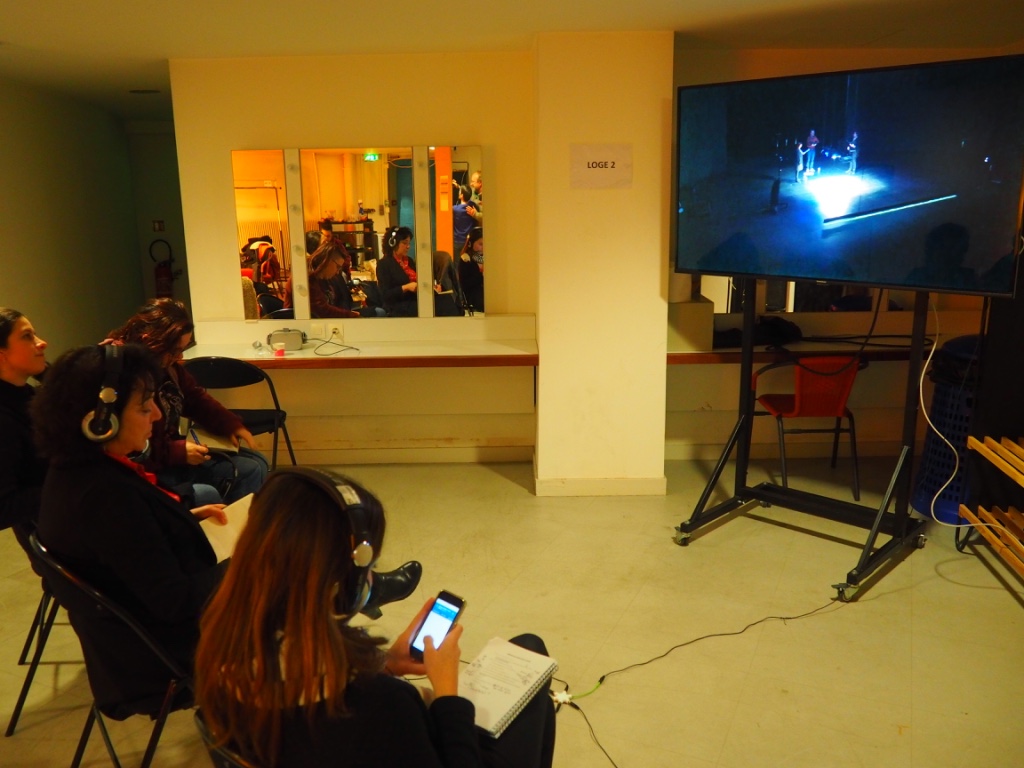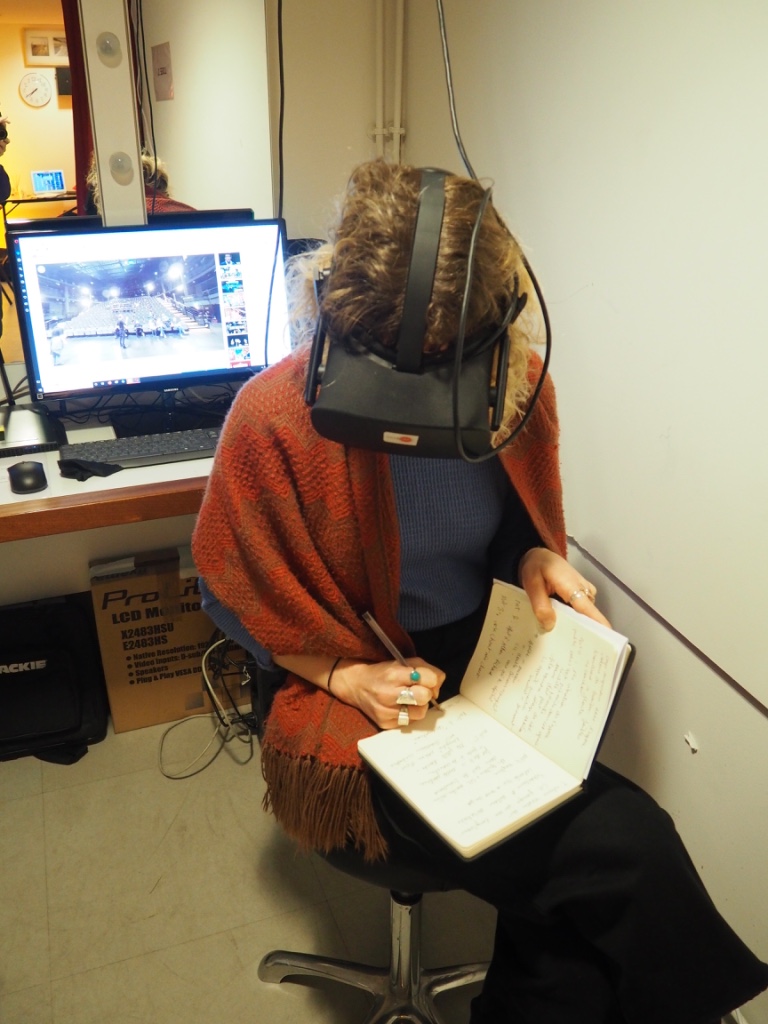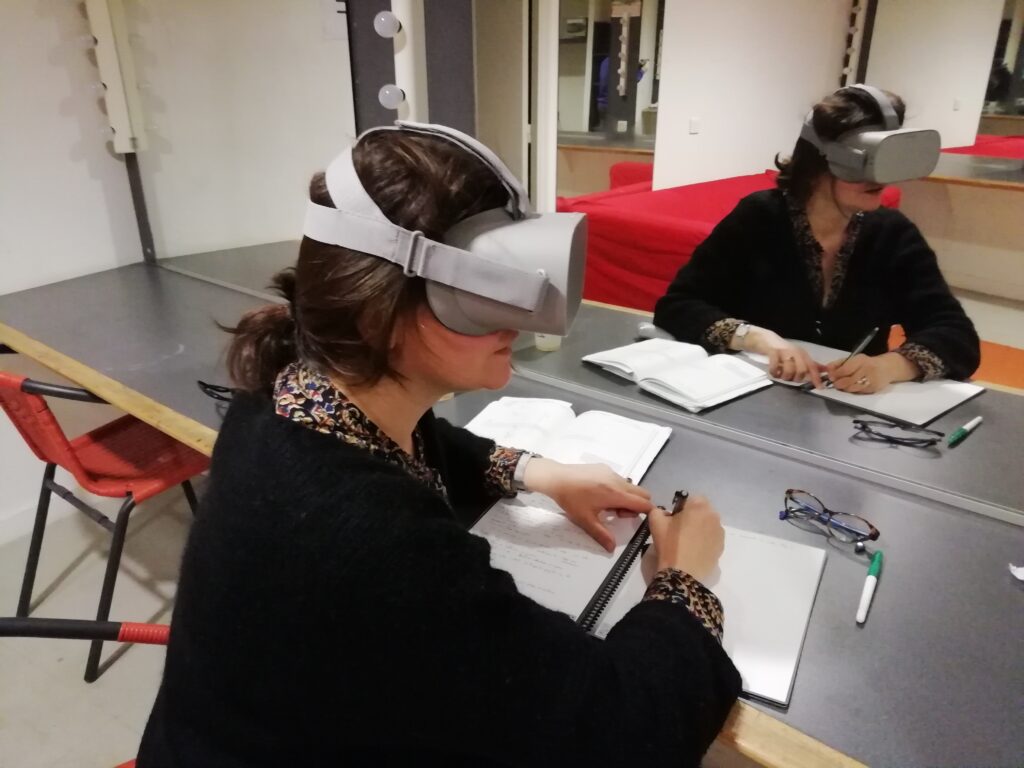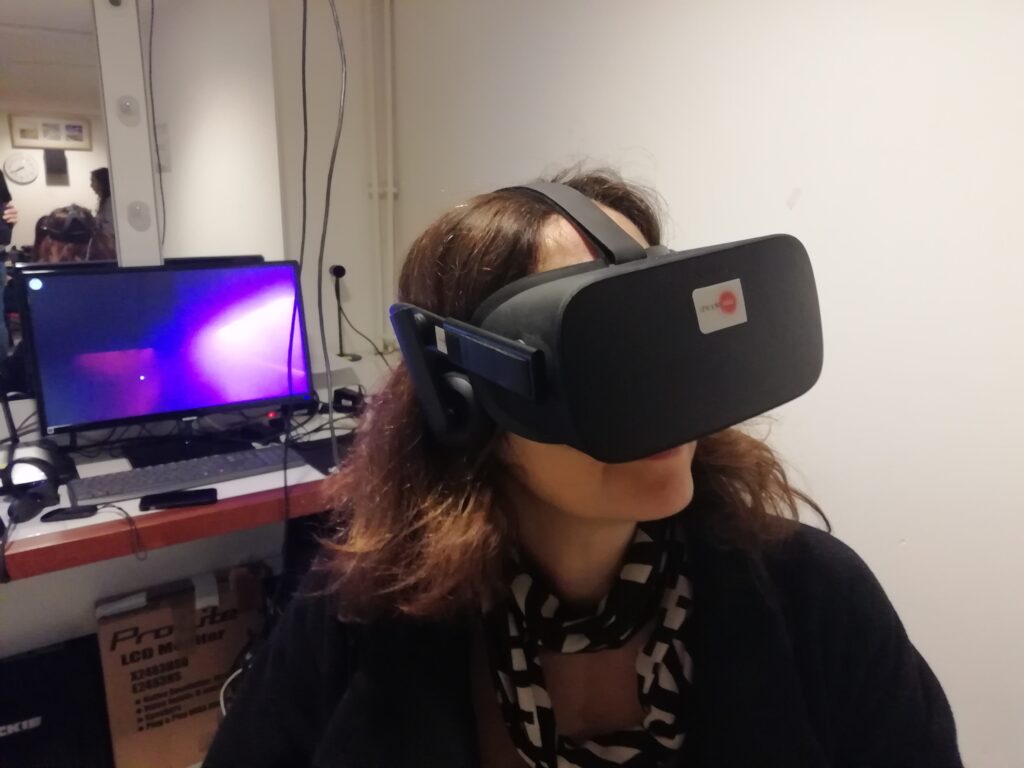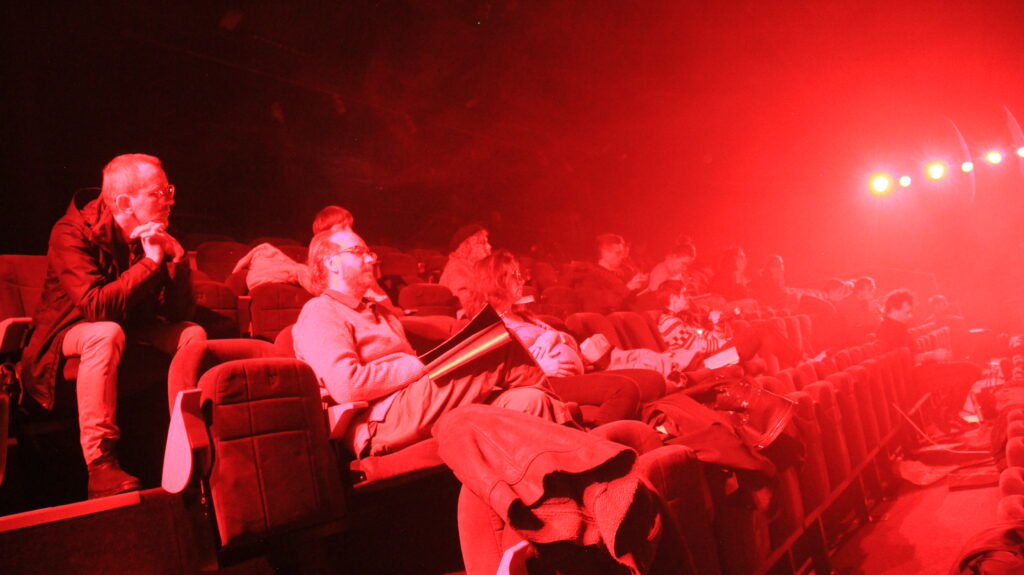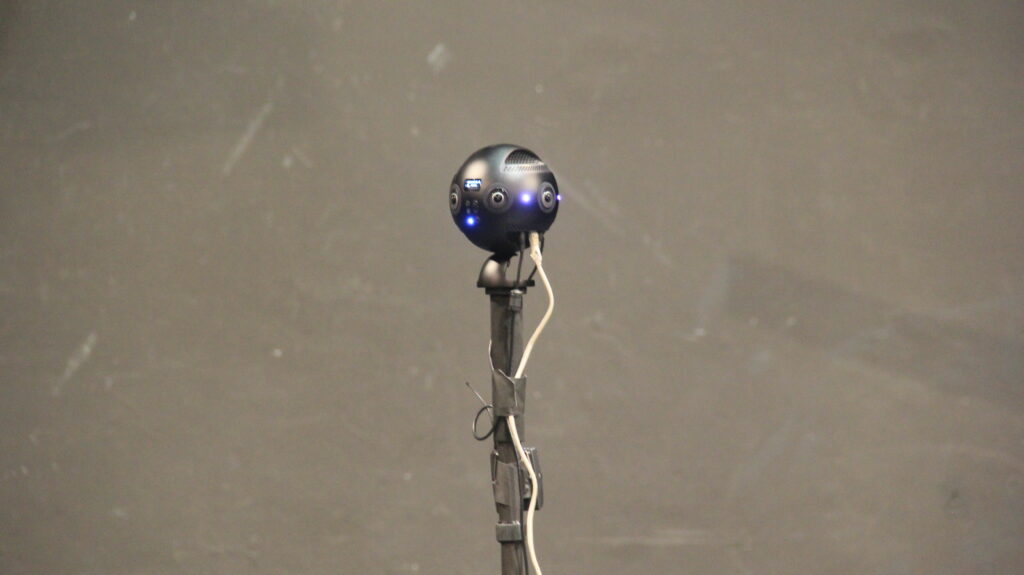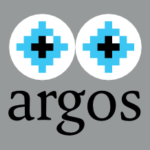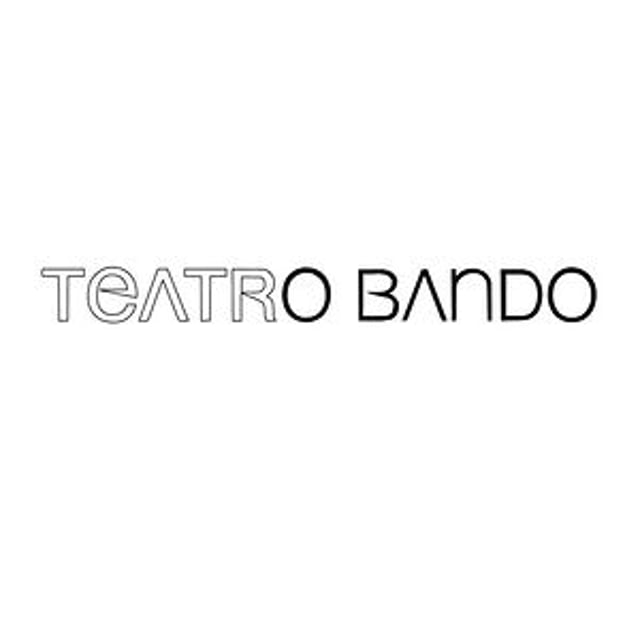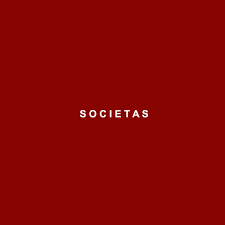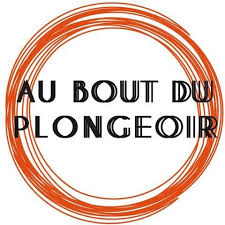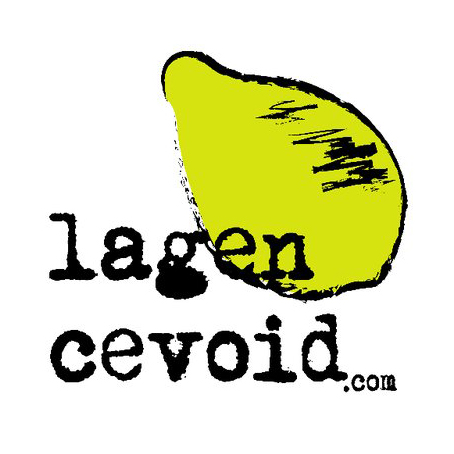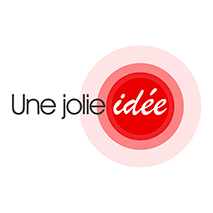The participants are equipped with headphones where they can immerse themselves in a 360° observation of the rehearsal which takes place simultaneously in another room, with another part of the observers attending the rehearsal studio live.
Observation #4
Immersive observation
Théâtre National de Bretagne – Claire Ingrid Cottanceau and Olivier Mellano
All photographs © Argos
Rennes, France, February 2020
The immersive observation of the creative process of Rothko Untitled #2 took place at the Théâtre National de Bretagne from 5 to 12 February 2020. It brought together researchers from the ARGOS group, students from the University of Rennes 2 in the master’s degree in critical perspectives and professional master’s degree in mediation of the performing arts in the digital age, spectators and mediators of the performing arts for a week of observation prior to the premiere of the show. The challenge was to experience three different ways of looking at, and relating to, the stage and the presence of the artists who worked on the creation of Rothko Untitled #2.
For three days, the participants experienced three-hour observation periods (morning and afternoon) by experiencing three observation posts. The first was located live in the Serreau Room of the Théâtre National de Bretagne. A camera located on the stage captured all the actions that took place there, whether they were artistic, technical, notes or even the emptiness of the stage when the rehearsal action was interrupted. Continuous flow recording made it possible to record the different temporalities of a rehearsal day. The mornings were usually reserved for the technical team and the afternoons for the technical and artistic articulation of the show. This live recording was broadcast in a dressing room where the second half of the group of observers was located. At this location, some of them could immerse themselves in the life of the set by wearing immersive headsets that transmitted the images captured by the 360° camera. Others could follow the rehearsals on a screen which retransmitted the live feed recorded by a 2D camera.
Three postures were thus tested by the observers during the three days during which the system was installed. On the following days, the group of observers met to discuss the experiment and were able to attend the dress rehearsal and the premiere of the show. All the participants documented the different stages of the experiment by trying to pay attention to the writing of the artistic gesture they were witnessing live, and to reflect on the ways in which they had to look at it. It appeared that beyond the affirmed sensitivity for presence in the rehearsal room, which cannot be moved even by means of live digital immersion, the possibilities offered by the immersive image can respond to various obstacles in the process of observing a creative process. The camera can be forgotten by the artists and therefore offers the possibility for spectators to be on the set in a virtual way. This tool makes it possible to capture an unprecedented point of view and to experience close relationships with certain moments in the creative work that the physical distance in the room cannot. Conversely, the physical presence in the room makes it possible to capture movements in space and speech that the camera cannot capture. Moreover, this creative process, largely structured by immersive lights designed by Claire Ingrid Cottanceau in a visual dynamic and a sound space that is also immersive and complex with Olivier Mellano’s live guitar, the lyrical singing of the Voix imaginaires, the phasing and phasing out of the live and pre-recorded narrating voice, lent itself particularly well to the 360° recording. In fact, in some places, it allowed the construction of an immersive sensitive experience that goes beyond the observation of the process. Some of the participants then experienced with emotion the possibility of plunging into the sound and light and rediscovering a sensation provoked in the room. One is then tempted to say that the recording gave rise to an immersive sensitive object, a form of variation on the show that its authors describe as a visible and sensitive object.
The different observation points thus offered a real complementarity which it would be interesting to develop, while taking care to be attentive to the objectives pursued, because the use of immersive observation remains technically complex and requires a great deal of attention to the artistic form and the implementation of the technical device.
Rehearsal pictures
All notes, sketches and photographs © Argos
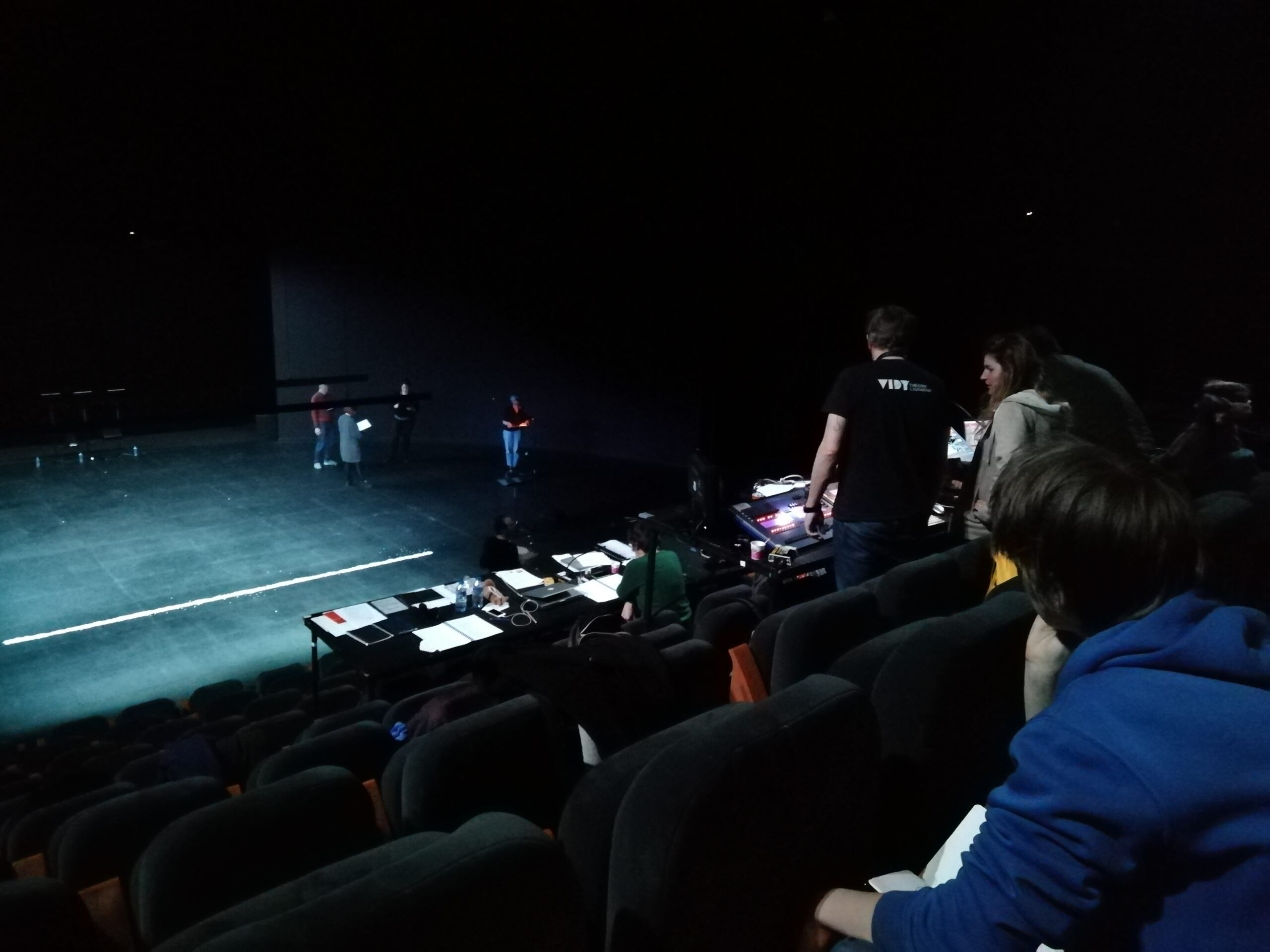
Rehearsal with Claire Ingrid Cottanceau and the three singers, Judith Derquin (soprano), Emilie Nicot (alto), Christophe Gires (tenor)
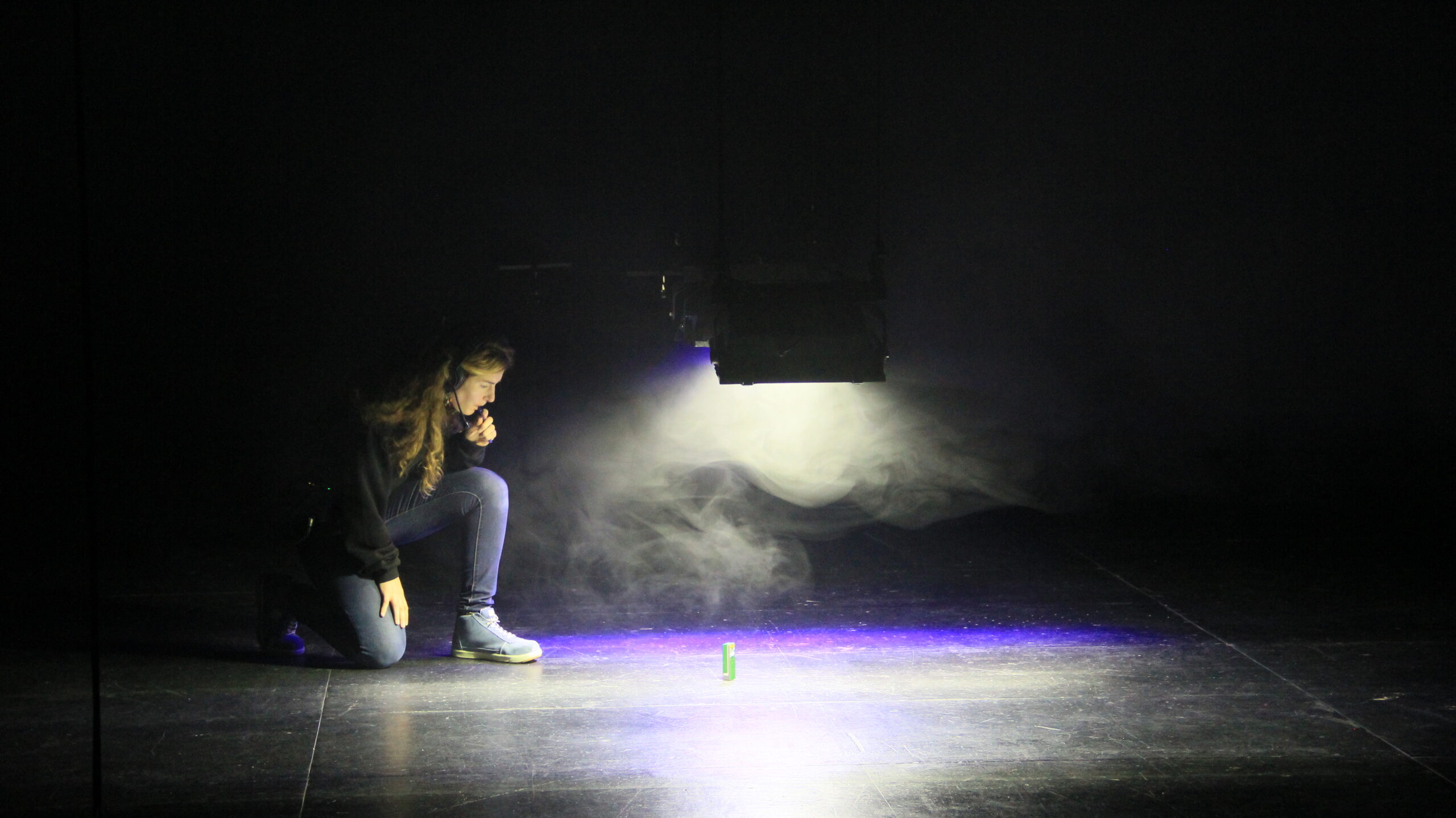
Light settings
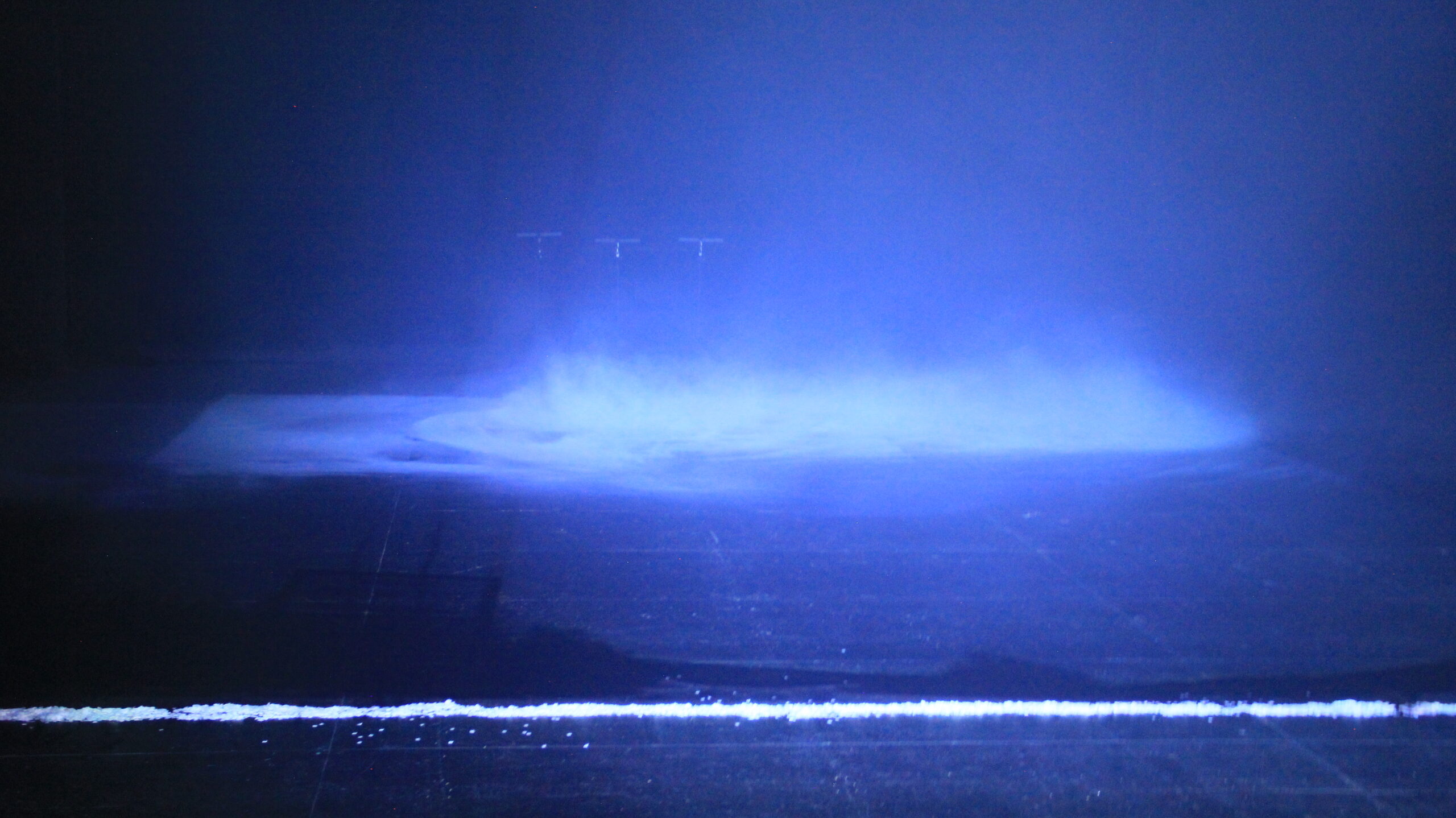
Image of the set
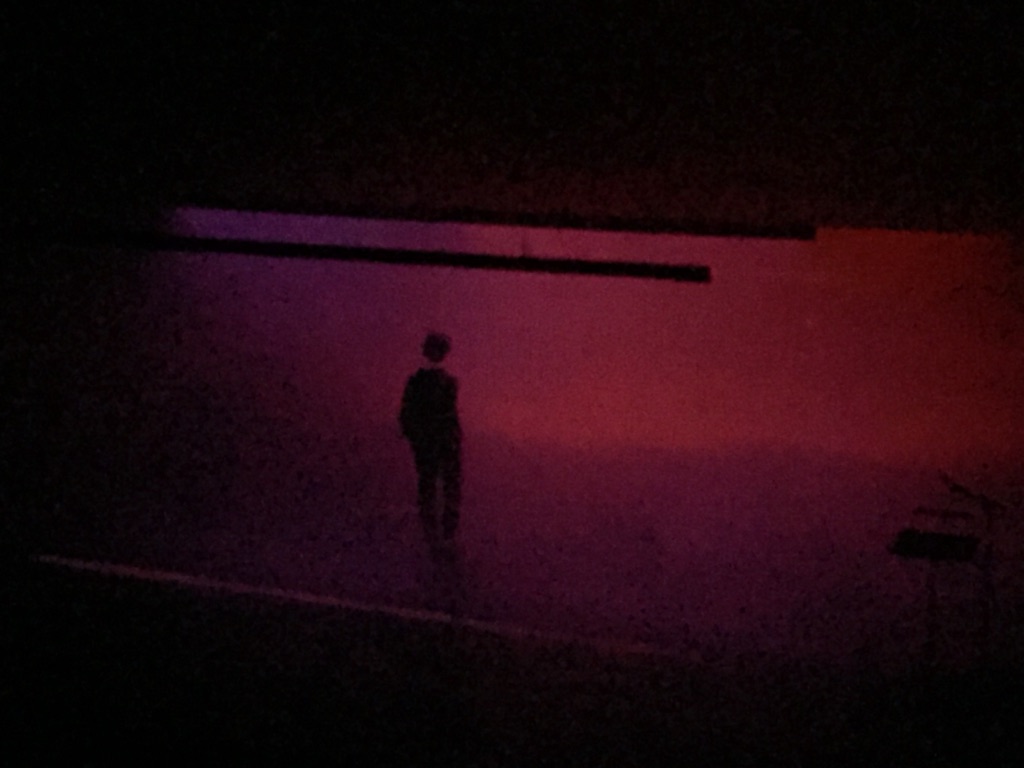
Rehearsal with Claire Ingrid Cottanceau
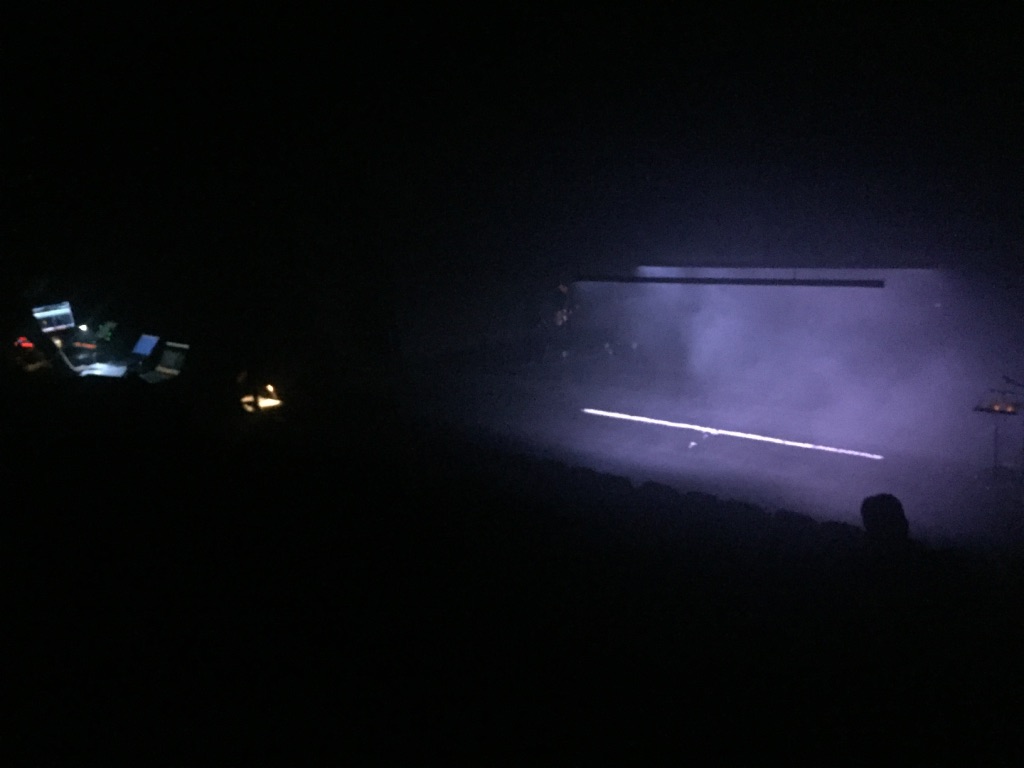
Image of the set

Claire Ingrid Cottanceau and Isabelle Gozard at the director’s table
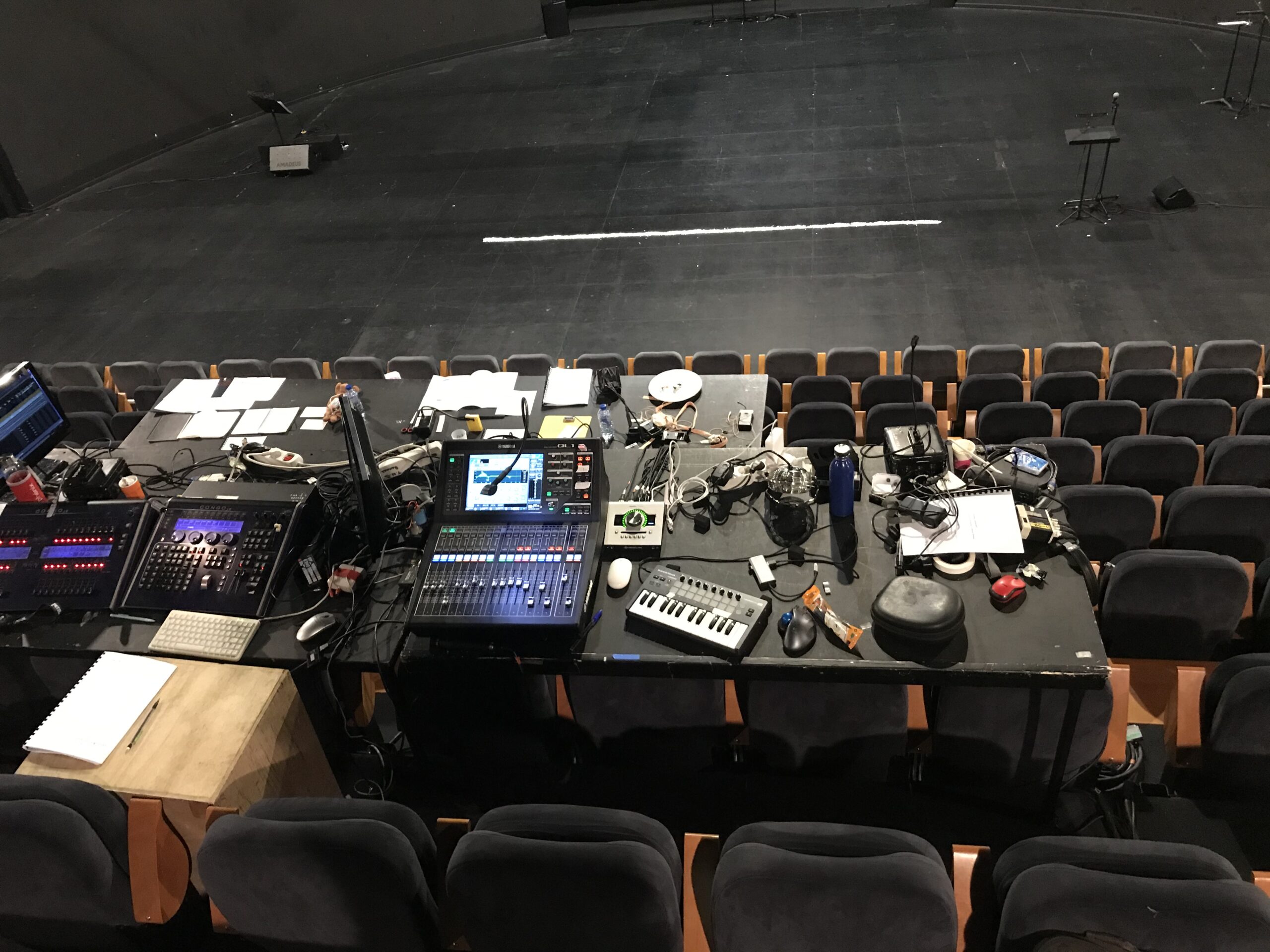
Technical desk
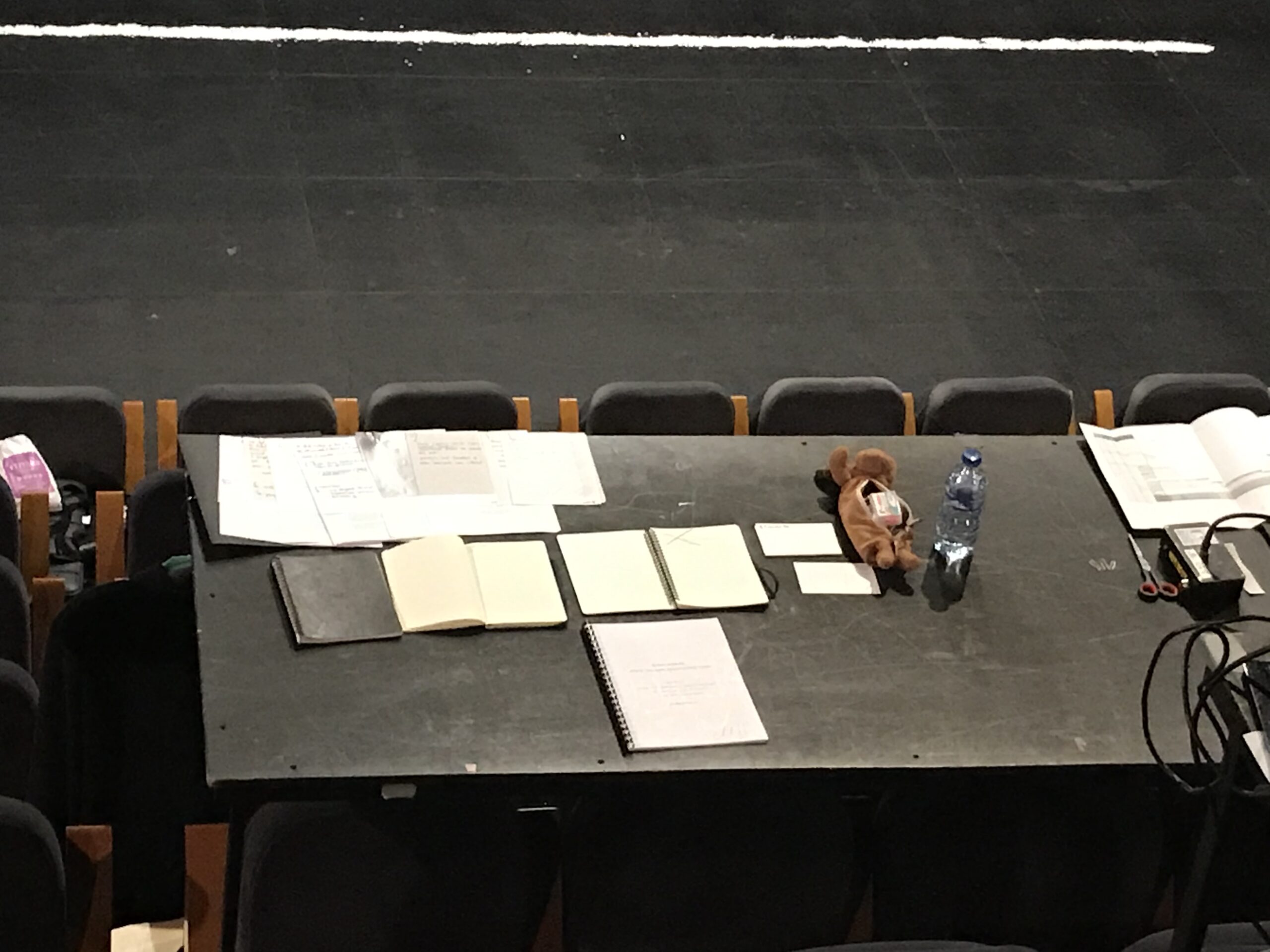
Director’s desk
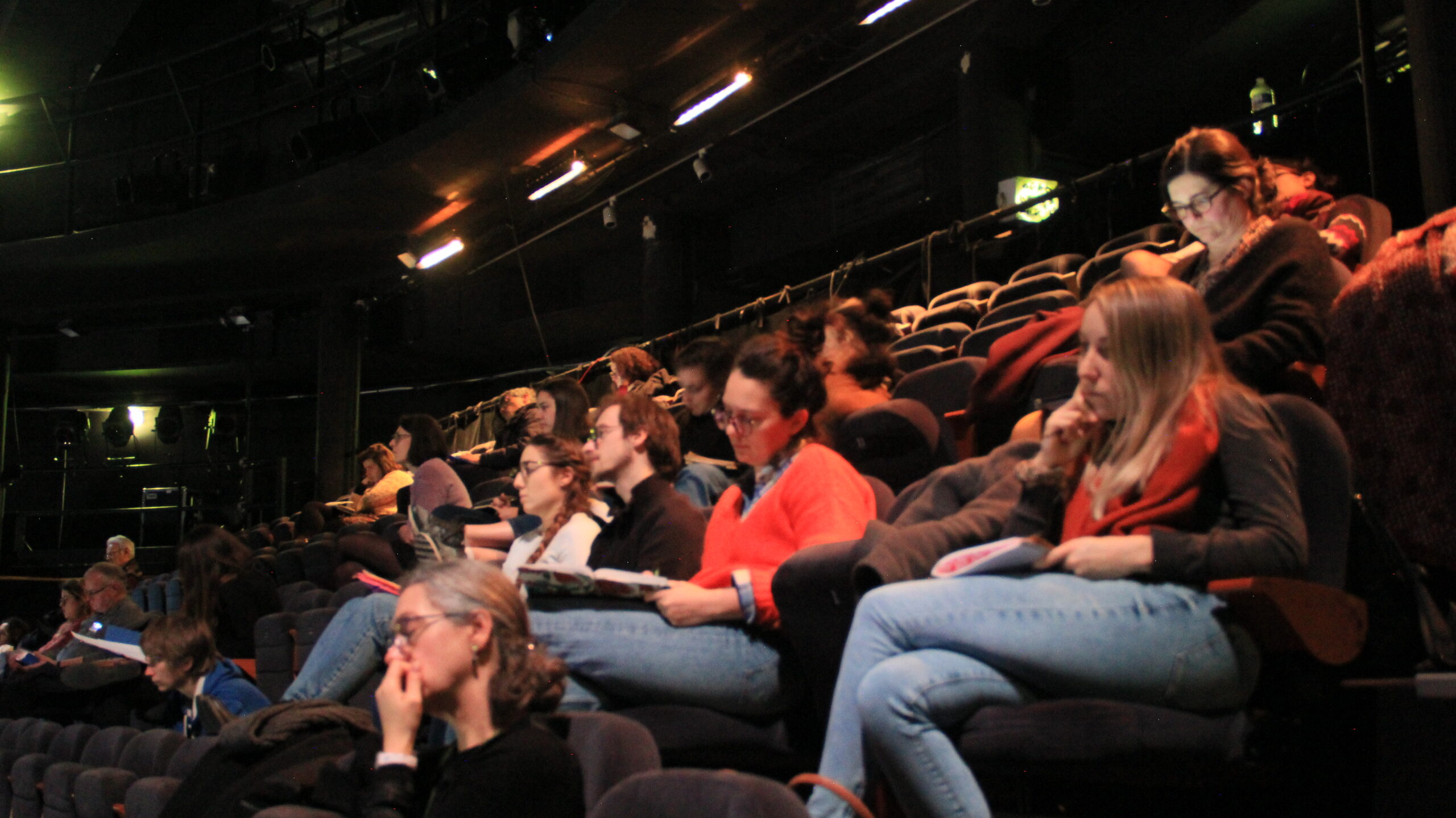
ARGOS community in the rehearsal space
Set up of the ARGOS immersive experiment
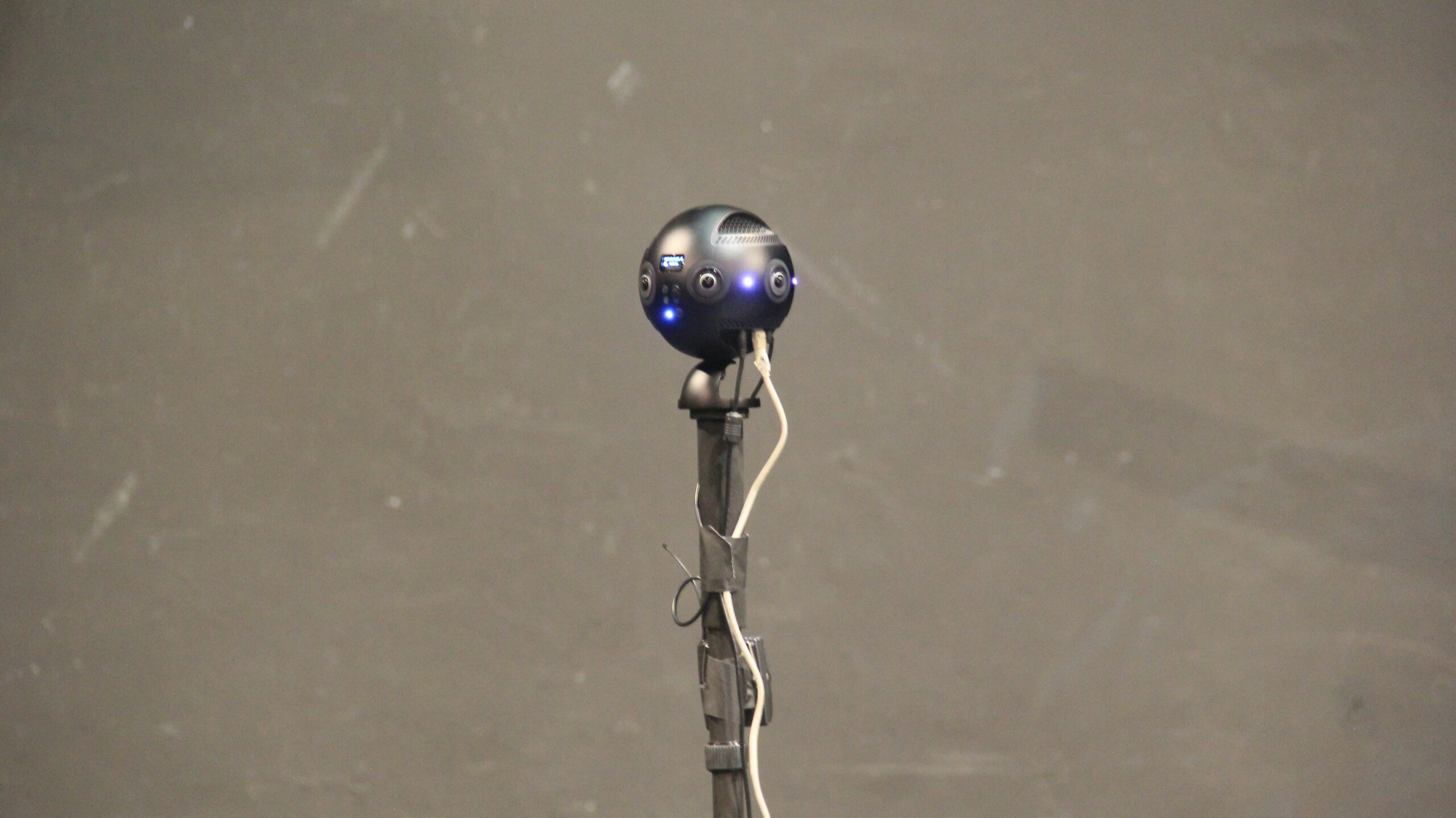
caméra 360° on the rehearsal space connected with equipment for virtual visualisation in 360°
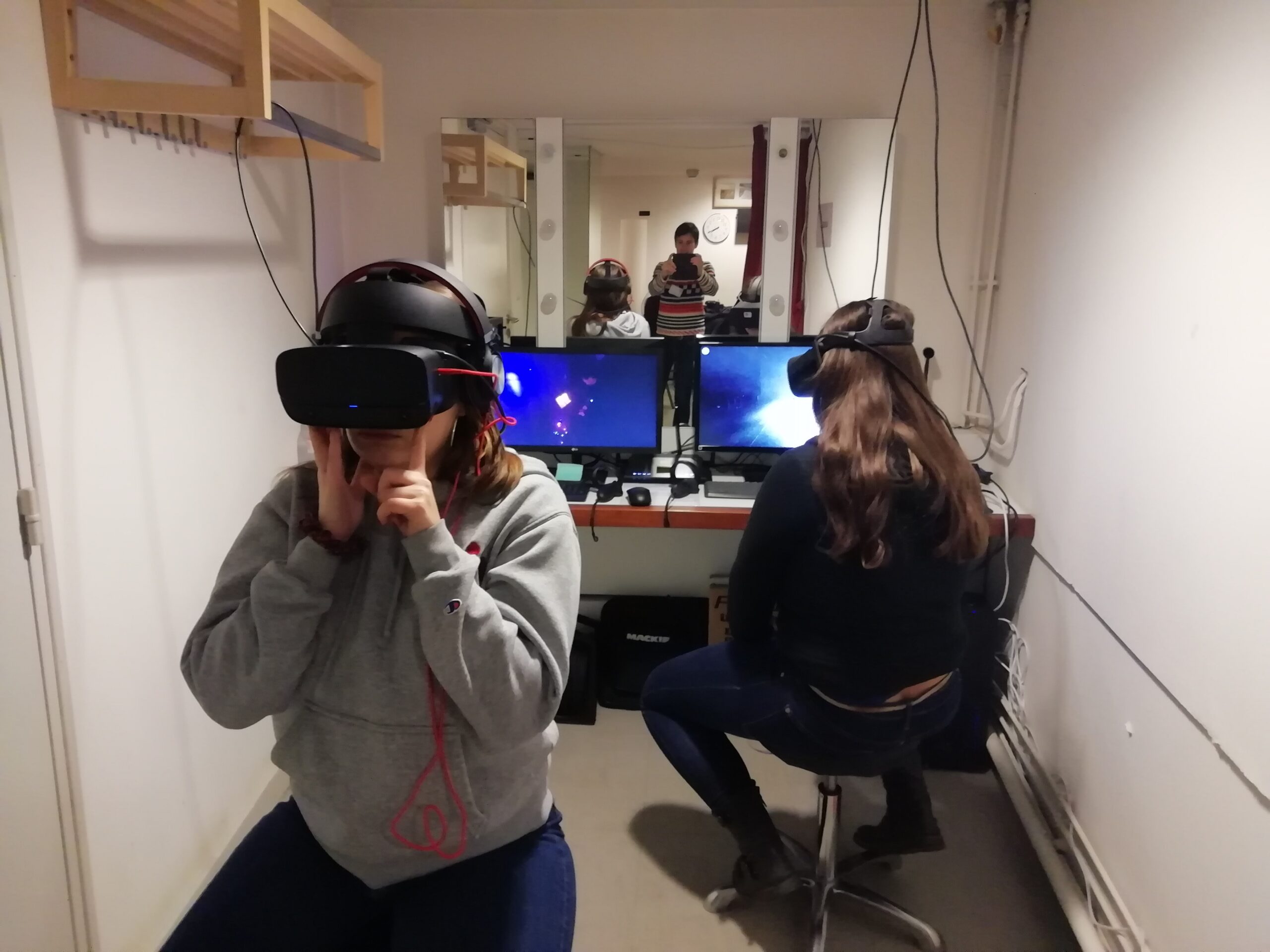
Virtual visualisation in 360°
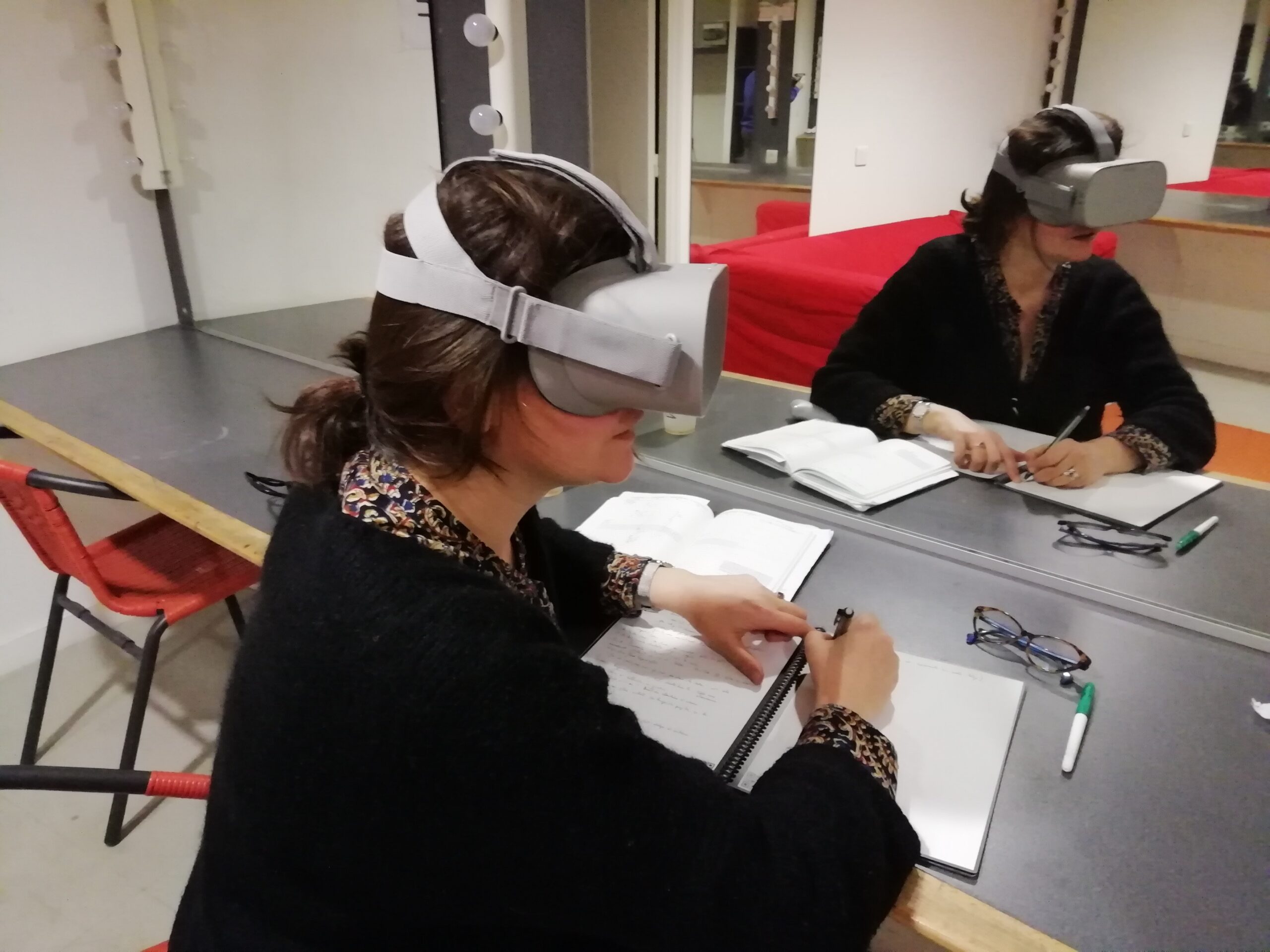
Bénédicte Boisson with virtual equipment 3D
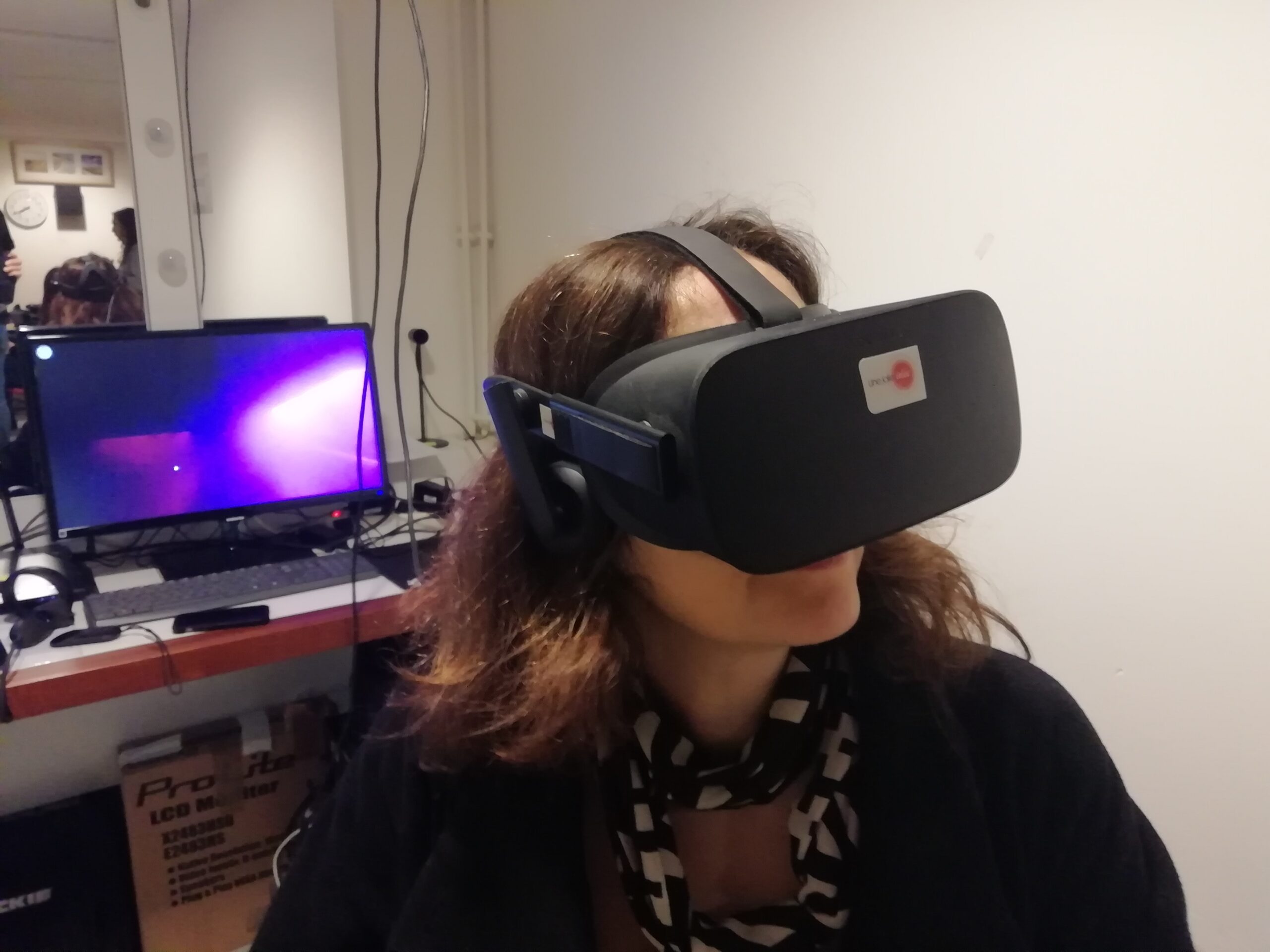
Sophie Proust with virtual equipment 3D
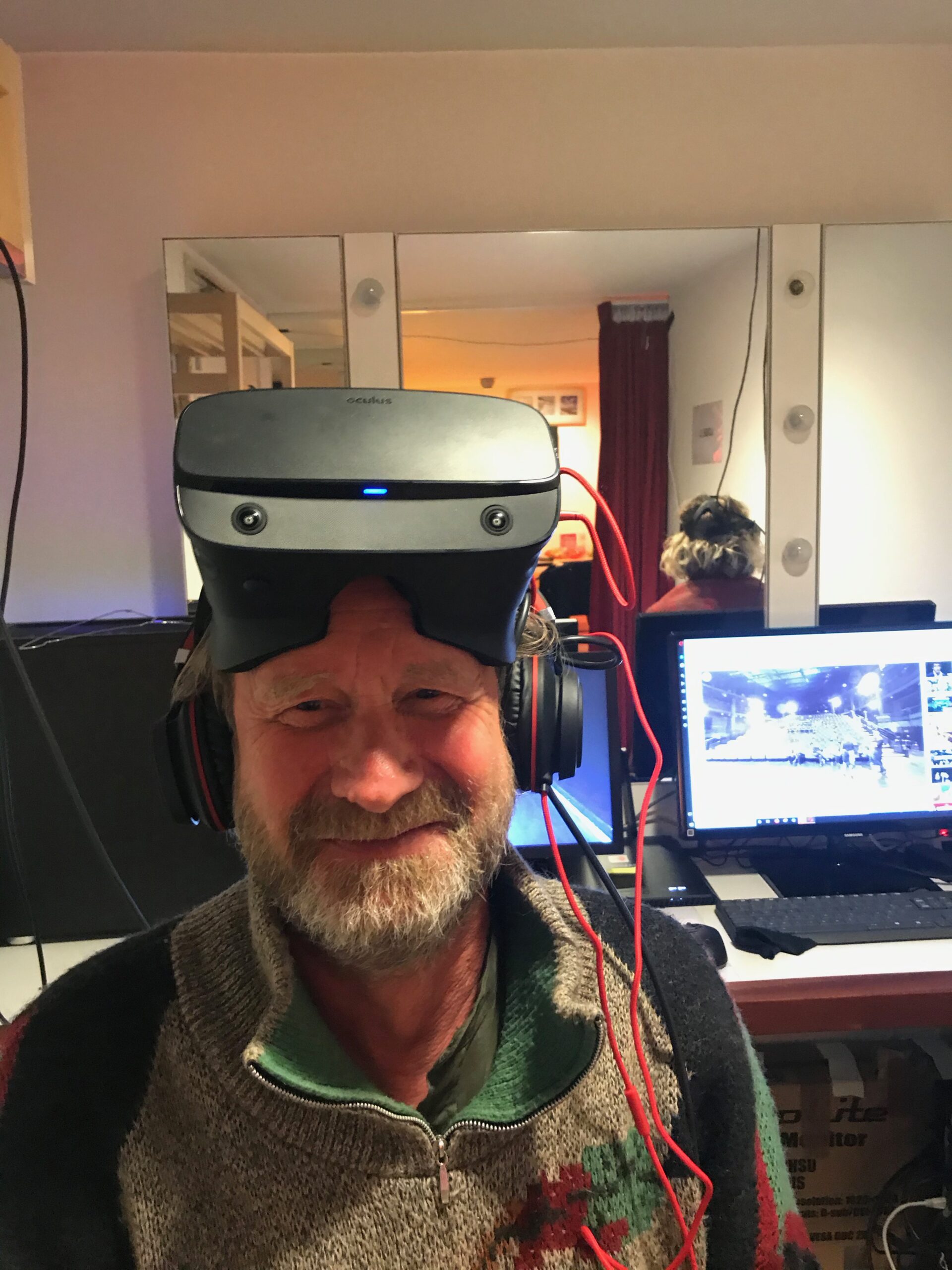
Luk Van den Dries with virtual equipment 3D
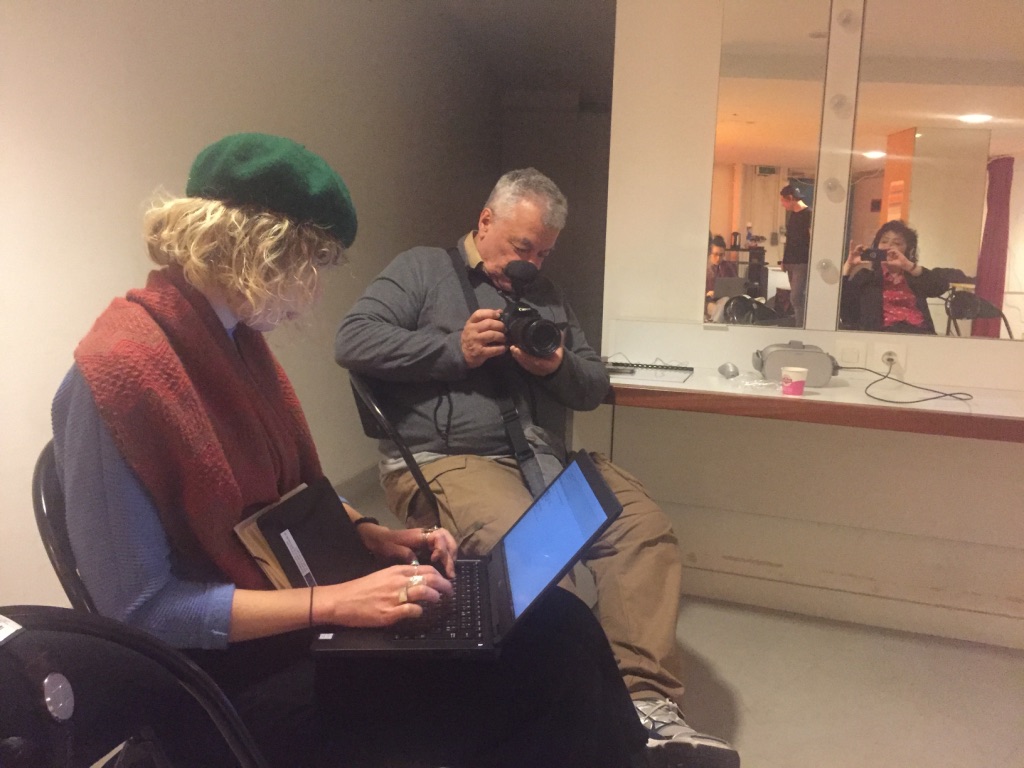
Coline Etesse, administrator of the ARGOS project , captured by Hirton Fernandez, videomaker, in the mirror Sophie Lucet, spokesperson of the project
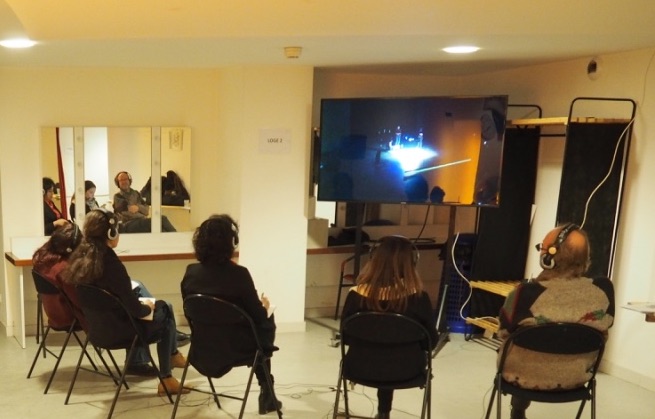
ARGOS community following the rehearsal through the camera 360°
ARGOS meeting
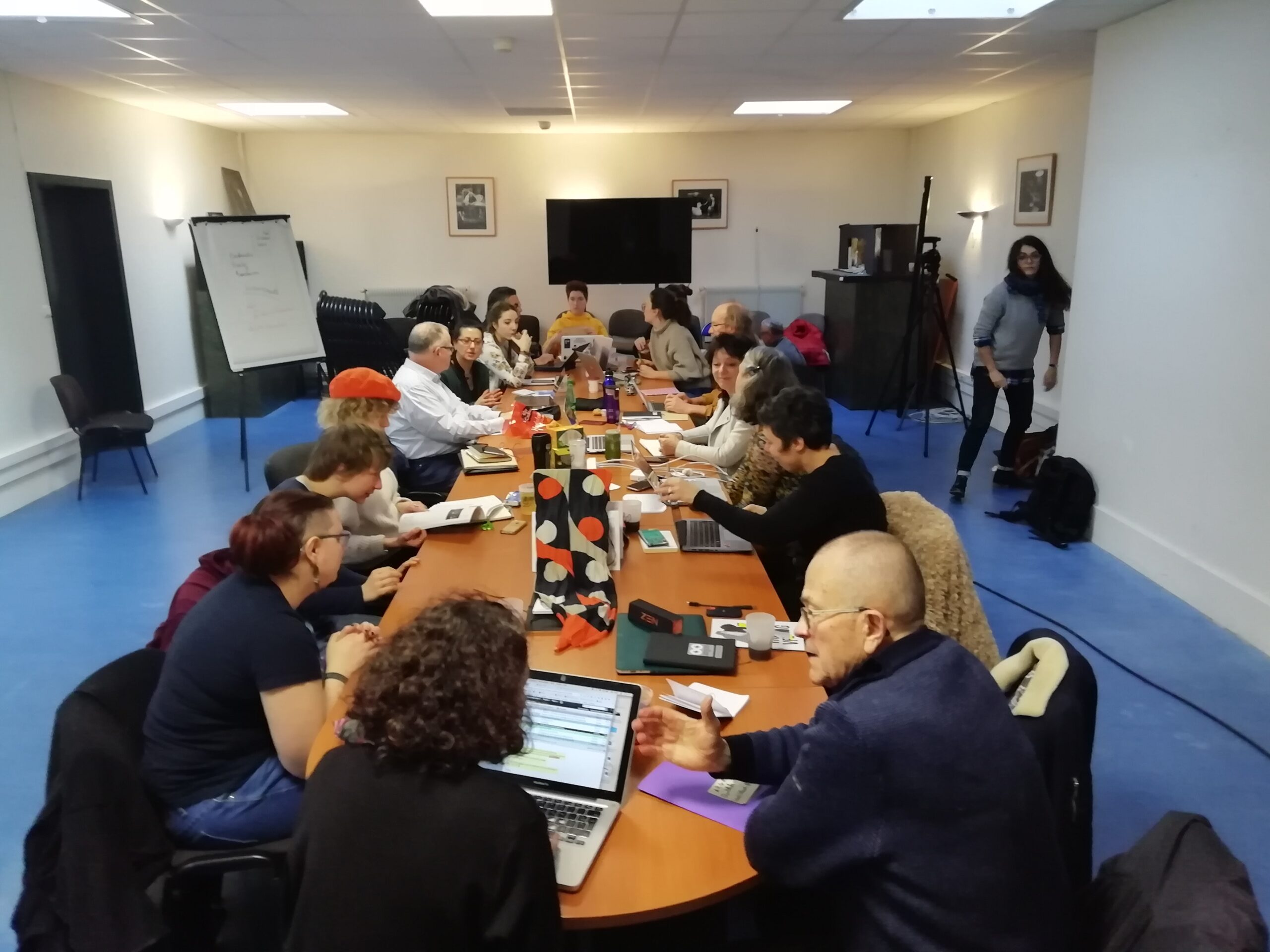
ARGOS meeting with researchers, students and spectators

